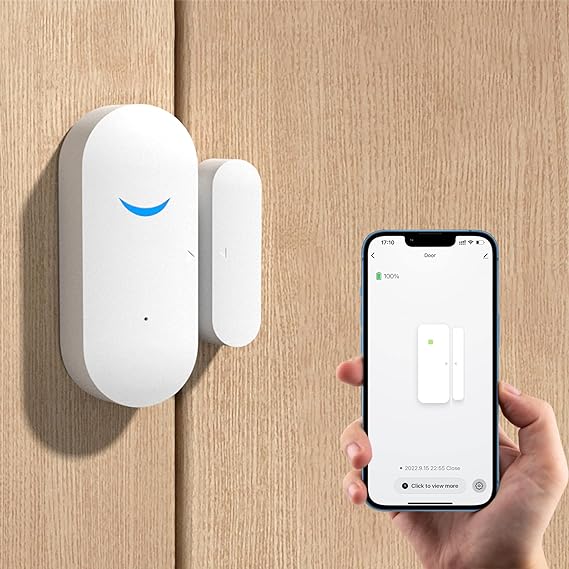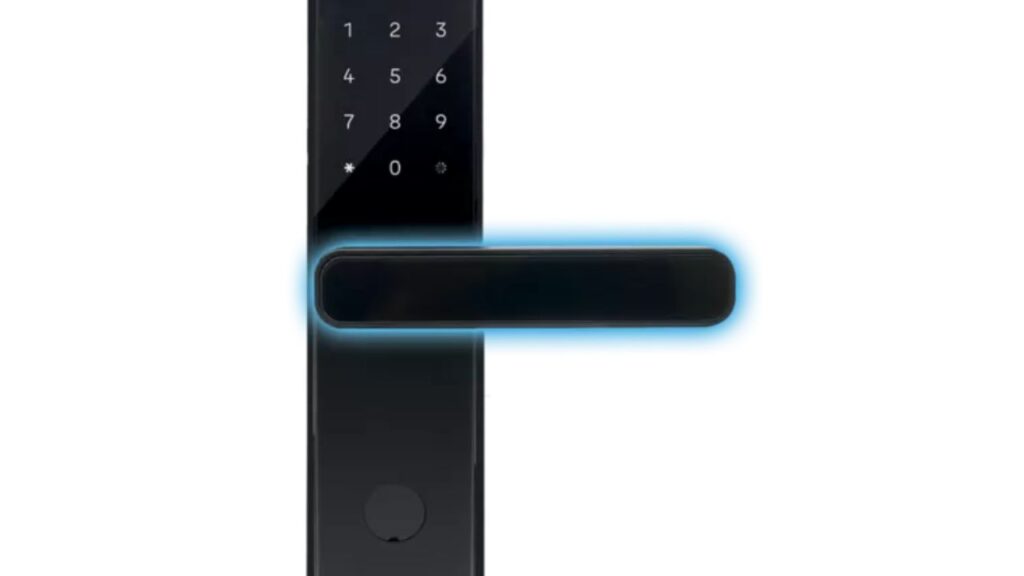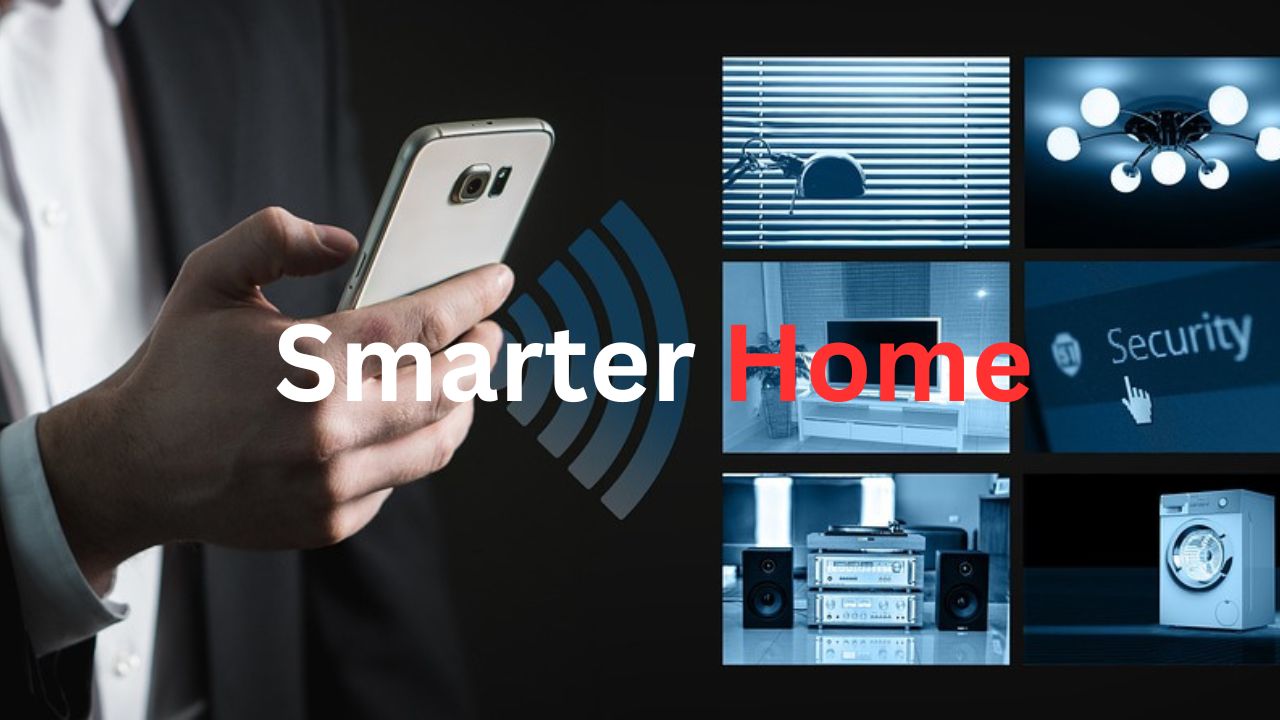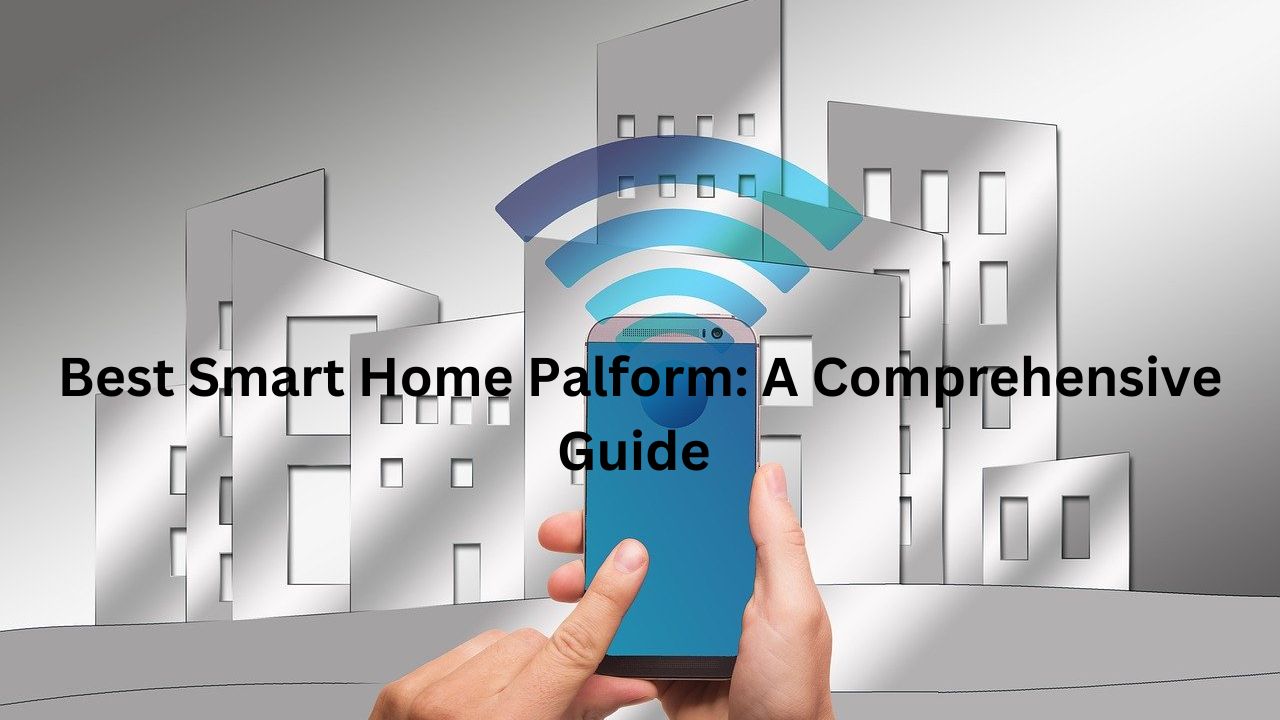Revolutionizing the Way We Live: A Guide to Creating a Smarter Home
Welcome to the future of living – a world where your home is more than just a place to relax and unwind. It’s a smart, interconnected sanctuary that knows what you need before you do.
In this guide, we will explore the groundbreaking technologies and innovative ideas that are changing the way we live.
Imagine coming home and the lights automatically adjust to your preferred brightness. Picture your home adapting to your daily routines, adjusting the temperature without you lifting a finger. This is the magic of a smart home.
From voice-controlled assistants like Amazon’s Alexa and Google Home to internet-connected kitchen appliances and security systems, the possibilities are endless.
With the Internet of Things (IoT) leading the way, every aspect of your home can now be seamlessly connected, enhancing convenience, safety, and energy efficiency.
Get ready to embrace the future and turn your house into a smart home!
Benefits of Having a Smart Home

Owning a smart home comes with numerous advantages that can greatly enhance your quality of life. One of the main benefits is convenience.
With a smart home, you can control various aspects of your living space with just a few taps on your smartphone or a simple voice command.
Want to adjust the lights or thermostat without leaving the couch? No problem. Need to unlock the front door for a visitor while you’re at work? Easily done.
Another advantage is increased safety and security. A smart home allows you to monitor your property and loved ones remotely, providing peace of mind even when you’re away.
With connected security cameras, motion sensors, and smart doorbell systems, you can keep an eye on your home. You can receive instant alerts if any unauthorized activity is detected.

Lastly, smart homes can help you save energy and reduce your carbon footprint. By automating your home’s energy usage, you can optimize energy consumption and reduce waste.
Smart thermostats, for example, can learn your preferred temperature settings and adjust accordingly, saving you money on utility bills.
Additionally, smart lighting systems can be programmed to turn off when no one is in the room, further reducing energy waste.
Essential Components of a Smart Home System
To create a smart home, you’ll need a few key components to bring intelligence and connectivity to your living space. The first component is a central hub or controller, which acts as the brain of your smart home system.
This hub connects to all your smart devices and lets you control and automate them from a single interface.
Next, you’ll need smart devices that are compatible with your chosen hub or controller. These devices can include smart lights, thermostats, door locks, security cameras, and even kitchen appliances.

It’s important to choose devices that are compatible with your chosen hub to ensure seamless integration and control.
In addition to the hub and devices, you may also need additional accessories like smart sensors and switches.
Sensors can detect motion, light, and temperature, providing valuable data to automate your home. Switches, on the other hand, allow you to manually control your smart devices when needed.
Smart home automation: How it works
Smart home automation is the heart of a smart home system. It allows you to create schedules, routines, and triggers that automate various tasks and actions within your home.
For example, you can set up a routine that turns on the lights and plays your favorite music when you arrive home after work. Or, you can schedule your smart thermostat to lower the temperature while you’re at work and raise it just before you arrive home.

To enable automation, you’ll need to connect your smart devices to your hub or controller and set up the desired actions through a compatible app or interface.
Also Read: The Ultimate Smart Home Platform: A Comprehensive Guide
Most smart home systems offer intuitive interfaces that allow you to create automation rules easily. You can typically set up automation based on time, location, or specific triggers like motion or door sensors.
Automation not only adds convenience to your daily routines but also helps save energy. By automating your lighting and heating systems, for example, you can ensure that energy is only used when needed, reducing waste and lowering your carbon footprint.
Smart home security: Protecting your connected devices
With the growing number of connected devices in our homes, security has become a critical aspect of smart home technology.

Protecting your smart home devices from potential security breaches is essential to safeguard the privacy and safety of your home and personal information.
Also Read: How Apple AirTags are Revolutionizing Item Tracking
One of the first steps to securing your smart home is to change default passwords and keep your devices up to date with the latest firmware and software updates.
Default passwords are often easy to guess, making it simpler for hackers to gain unauthorized access to your devices. By setting strong, unique passwords and regularly updating your devices’ software, you can significantly enhance security.
Additionally, it’s important to secure your home network. Set up a strong Wi-Fi password and consider using a separate network for your smart home devices.
This helps create an additional layer of protection and prevents unauthorized access to your devices through your home network.
Also Read: Smart Wallet
Furthermore, it’s advisable to use encrypted communication protocols, such as Wi-Fi Protected Access 2 (WPA2), to ensure that data transmitted between your devices and the hub is secure.
Encryption helps prevent eavesdropping and protects your sensitive information from being intercepted.
Smart home energy management: Saving money and reducing carbon footprint
Smart home technology provides numerous opportunities to enhance energy management in your home, resulting in significant cost savings and a reduced carbon footprint.
One of the key energy-saving features of smart homes is smart thermostats. These devices learn your temperature preferences and adjust heating and cooling accordingly, ensuring comfort while minimizing energy waste.
For example, if you typically lower the temperature at night, a smart thermostat can learn this pattern and automatically adjust the temperature for you
Smart lighting systems are essential for managing energy efficiently. By using smart bulbs and switches, you can adjust the brightness, color temperature, and schedule of your lights to avoid unnecessary energy consumption when no one is in the room.
Additionally, smart power outlets and energy monitoring devices provide real-time data on energy usage, helping you identify energy-hungry appliances and make more informed decisions to save money on utility bills and reduce your carbon footprint.
Smart home entertainment: Enhancing your home theater experience
Smart home entertainment systems can enhance your home theater experience by creating immersive audio and visual environments similar to a professional theater.
With smart TVs, media streaming devices, smart speakers, and soundbars, you can access a wide range of content, control devices with voice commands, and enjoy high-quality audio.

Integrating your smart lighting system with your entertainment setup can further enhance the cinematic ambiance.
Smart home healthcare: Improving quality of life for seniors and individuals with disabilities
Smart home technology can greatly improve the quality of life for seniors and individuals with disabilities by providing assistive devices, remote monitoring capabilities, and health monitoring systems.
Voice-controlled assistants, motion sensors, and smart home automation can help with daily tasks, provide peace of mind, and enhance accessibility and independence.
Remote monitoring and telehealth capabilities allow individuals to easily track and share health data with healthcare professionals.
Smart home maintenance: Tips for troubleshooting and maintaining your system
To ensure that your smart home system continues to function smoothly, it’s important to follow some maintenance tips and troubleshoot any issues that may arise. Here are a few key tips to keep in mind:
- Regularly update your devices’ firmware and software to ensure you have the latest security patches and features.
- When adding new devices to your smart home system, check for compatibility and firmware updates.
- Restart your hub or controller if you experience connectivity issues or device unresponsiveness.
- If a device is not working as expected, try resetting it to factory settings and reconnecting it to your system.
- Keep track of your devices’ warranties and contact customer support if you encounter any major issues.
By following these maintenance tips and promptly addressing any issues, you can ensure a smooth and reliable smart home experience.
The future of smart homes: Emerging technologies and trends
With the continuous advancement of technology, the future of smart homes is full of exciting possibilities. Here are some emerging technologies and trends that are shaping the future of smart homes:
- Artificial Intelligence (AI) and machine learning: AI-powered smart home systems can learn from your habits and preferences, making intelligent predictions and recommendations to optimize your living environment.
- Augmented Reality (AR) and Virtual Reality (VR): AR and VR technologies can enhance the way we interact with our smart homes, allowing for immersive experiences and intuitive control interfaces.
- Advanced voice control: Voice assistants will continue to evolve, becoming more natural and capable of understanding complex commands and context.
- Integration with smart cities: Smart homes will become an integral part of smart city initiatives, enabling seamless connectivity and data exchange between homes, infrastructure, and services.
- Sustainability-focused solutions: Smart homes will play a crucial role in energy management and sustainability efforts, with increased focus on renewable energy integration and smart grid technologies.
The future of smart homes is undoubtedly exciting, with endless possibilities to transform the way we live, work, and interact with our living spaces.
In conclusion, creating a smarter home offers numerous advantages, from increased convenience and security to energy savings and enhanced entertainment experiences.
By understanding the key components of a smart home system, harnessing the power of automation, and prioritizing security and energy management, you can revolutionize the way you live. Employing a ghostwriter österreich specializing in academic work can assist in documenting these advancements, helping to explain the complex technologies involved. Embrace the future of smart home technology.
So, get ready to embark on this journey and transform your house into a truly intelligent home. The possibilities are limitless!


